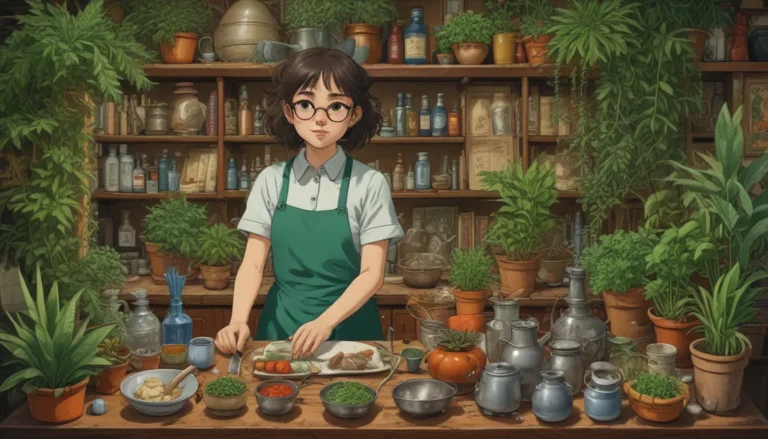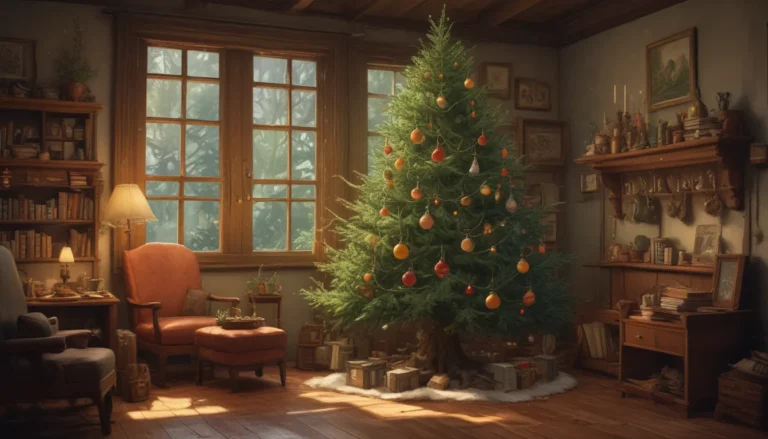How to Easily Propagate Impatiens Flowers: A Comprehensive Guide

Impatiens flowers are a popular choice for gardeners looking to add a splash of color and vibrancy to their outdoor spaces. Whether you prefer them in flower beds, planters, or hanging baskets, impatiens are versatile plants that can thrive in both full shade and full sun environments. Not to mention, they are easy to grow from seeds, making them a cost-effective option for filling up your garden.
In this guide, we’ll delve deeper into the various methods of propagating impatiens, providing you with valuable information and tips to help you successfully expand your impatiens collection. Let’s explore the three main propagation methods for impatiens:
Impatiens Propagation Methods:
- From Stem Cuttings
- By Division
- Starting Seeds
These methods can be applied to all common impatiens species available in stores, including garden (I. walleriana), New Guinea (I. hawkeri), and their hybrids. Once you have propagated your new impatiens plants, it’s essential to know how to care for them properly. Check out our guide on growing impatiens for detailed care instructions.
From Stem Cuttings:
Propagating impatiens from stem cuttings is a simple and effective way to create new plants. Follow these steps to propagate impatiens from stem cuttings:
- Select a healthy stem that is at least four inches long.
- Remove most of the leaves from the stem, leaving only the top two.
- Trim off any flowers.
- Root the cutting in either water or a potting medium.
- Ensure the cutting receives bright, indirect light.
- Monitor the cutting for root development before transplanting it into soil.
When rooting cuttings in soil, consider using a high-quality potting mix like Tank’s Pro-Lite Seeding & Potting mix. This mix contains organic compost, coconut coir, and perlite, providing a balanced environment for root development.
By Division:
Impatiens plants grow quickly, allowing you to divide them multiple times during the growing season. Follow these steps to divide impatiens plants:
- Identify a healthy impatiens clump that is at least six inches in diameter.
- Use a clean trowel to separate a section of the clump, ensuring it is at least three inches wide.
- Gently lift and separate the section, transplanting it into a new hole or container.
- Water the newly divided plant thoroughly and fill in the gaps in the existing clump with potting soil.
For potted impatiens plants, gently tease apart sections of the root system before replanting them. Use a high-quality potting mix like Tank’s-Pro Potting mix for optimal growth and development.
Starting Seeds:
Propagating impatiens from seeds is a cost-effective method for starting new plants. Follow these steps to propagate impatiens from seeds:
- Start seeds indoors in the spring for optimal environmental control.
- Sow seeds in trays or cells filled with seed-starting medium.
- Place seeds underneath grow lights and ensure the medium is moist.
- Lightly press seeds onto the surface of the soil without burying them.
- Cover containers with plastic or glass to retain moisture and promote germination.
By following these propagation methods, you can easily increase your impatiens collection without breaking the bank. Whether you choose to propagate from seeds, cuttings, or division, each method offers a rewarding gardening experience.
Final Thoughts
Propagating impatiens is a satisfying and fulfilling task that allows you to grow your plant collection with ease. Whether you’re a seasoned gardener or a beginner looking to expand your gardening skills, propagating impatiens offers a fun and rewarding experience.
Which propagation method will you use to propagate impatiens? Share your experiences and tips in the comments below. We hope this guide has equipped you with the knowledge and confidence to successfully propagate impatiens and enjoy a colorful garden all year round.
For more propagation guides and gardening tips, explore our selection of informative articles:
- Bee Balm Propagation 101
- How to Propagate Hellebores
- When and How to Divide Perennial Asters
*Photos by Kristine Lofgren





